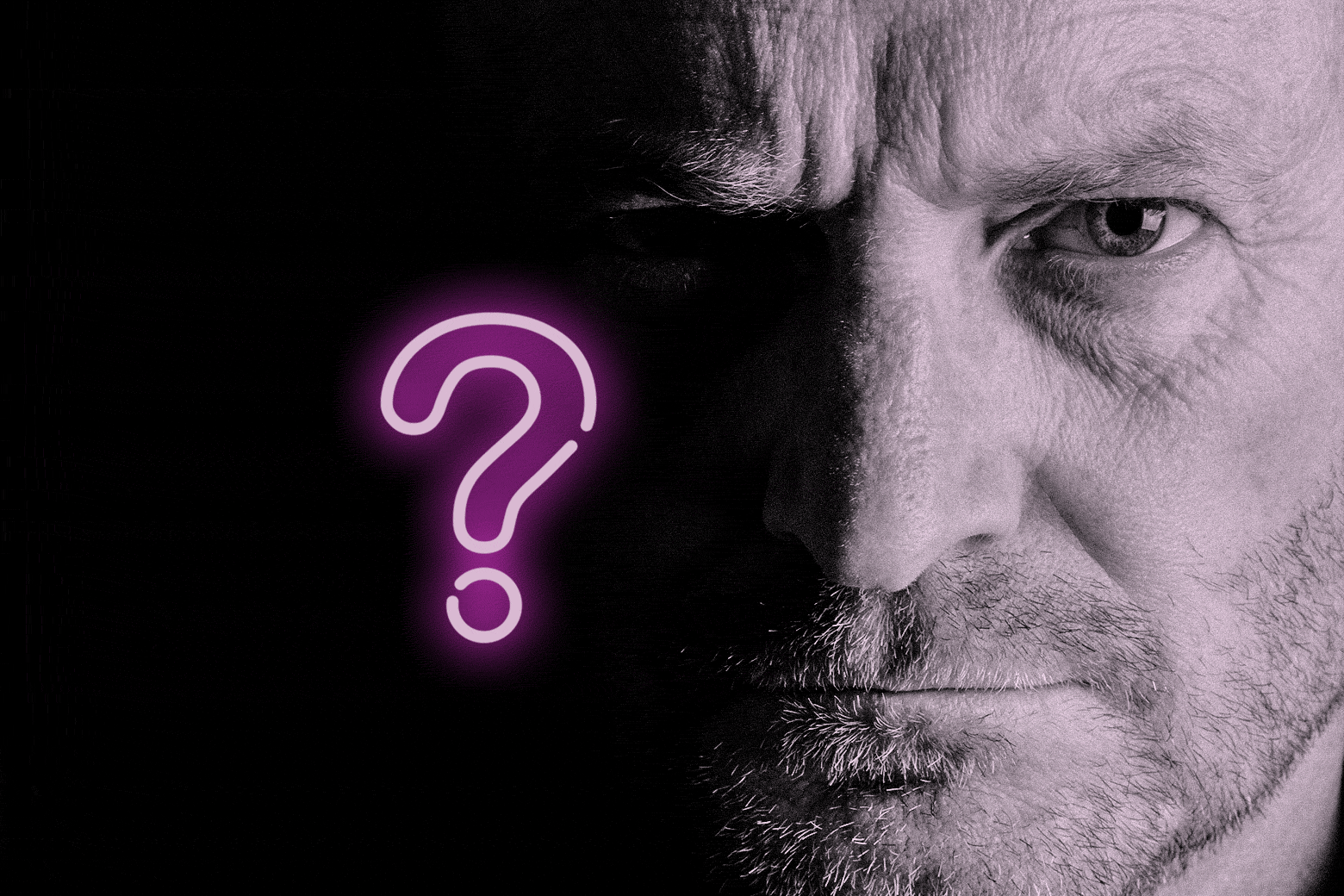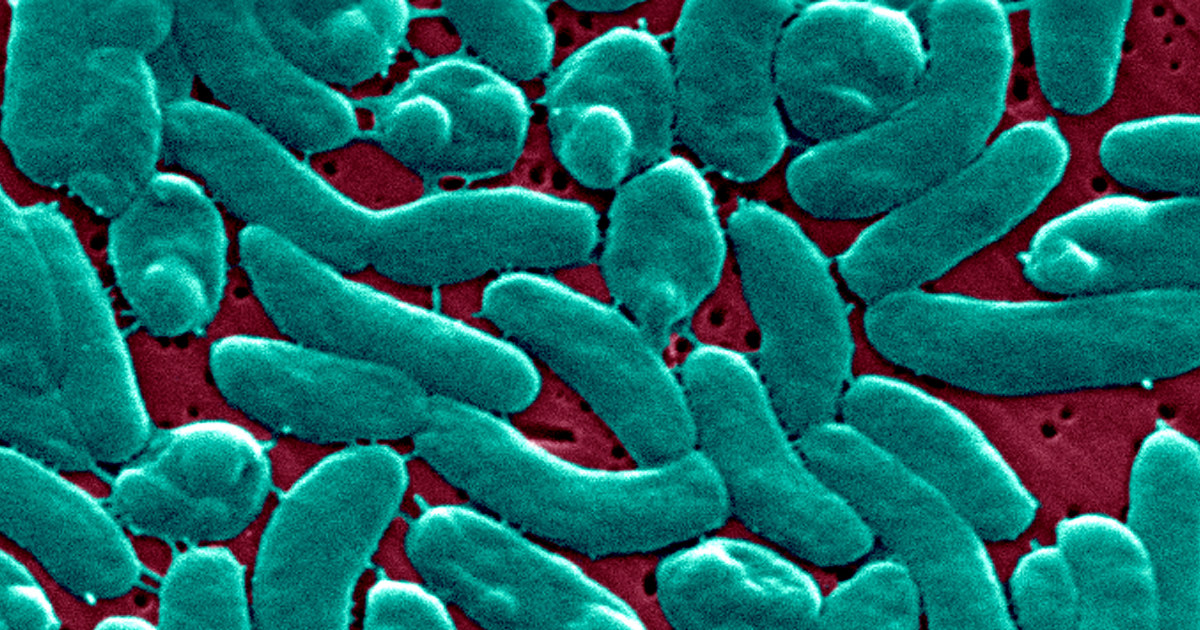What I Went Through to Meet My Daughter

“You’re in the right place,” said Vicky, the receptionist, smiling.
I believed it, though it seemed almost absurd that I’d flown all the way to St. Louis, Missouri. I grew up in the United Kingdom, where healthcare is supposed to be free and equal for everyone, and spent the last eight years in New York City, home to some of the best teaching hospitals and research centers in the world. And yet, here I was, at a niche clinic a thousand miles from home, because I was hoping to do the most ordinary thing in the world: become a mother.
I sat in the waiting room with my husband, Nick, and my mum, who’d flown in from Scotland for moral support. On the wall were cards from patients, beautiful photos of newborn babies, heartfelt notes of thanks.
Looking at them felt bittersweet. I wondered what each mother’s journey had been like. Would I, like them, be a success story? Or might I be the exception—a particularly hopeless case?
I had known for years that I likely had a gynecological disorder that is impossible to diagnose without a surgeon cutting holes in the abdomen and examining the inside of the pelvis with a camera. A doctor had told me it might affect my fertility. But after I’d gotten married, in 2023, I got pregnant. Then I lost my baby to miscarriage.
In America, around 13 percent of women struggle with fertility issues. Up to half of couples seeking treatment for them are labeled as having “unexplained infertility” by doctors—and therefore go untreated. Many of them will try IVF, which risks being unsuccessful, because the underlying cause of their infertility has not been addressed. Revolutionary though it has been, IVF does not restore a would-be mother’s body to optimal health; in fact, IVF is often a profoundly uncomfortable experience for women, not to mention an expensive one. It’s no wonder that many women with “unexplained infertility” are left feeling that mainstream medicine has failed them, subjecting them to stressful, painful interventions, while leaving them in the dark about the mysteries of their own bodies.
But there is another way.
Source link







